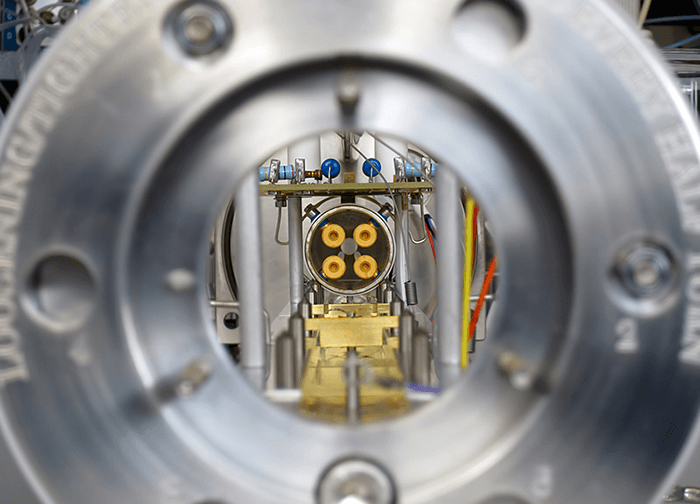ICP-MS and ICP-OES are powerful analytical techniques where gas flow control plays a critical role in plasma generation and control. Axetris MFCs provide key advantages towards ensuring the highest analytical performance.

 ICP combined with a mass spectrometer (pictured: Quadrupole MS) can provide an extremely powerful analytical technique in a variety of applications.
ICP combined with a mass spectrometer (pictured: Quadrupole MS) can provide an extremely powerful analytical technique in a variety of applications.Powerful analytical technique
Inductively Coupled Plasma (ICP) combined with a Mass Spectrometer (ICP-MS) or an Optical Emission Spectroscope (ICP-OES) are extremely popular atomic spectroscopy techniques. Applications are wide-ranging within the environmental, food, pharmaceutical and semiconductor industries. Typically, ICP is an argon plasma reaching temperatures of up to 10’000 K, thereby allowing complete atomization of the analyte into elements for a complete analysis. Gas flow control plays a critical role in maximizing analytical performance of ICP techniques:
- Plasma and auxiliary flows support plasma generation and control. The quality of plasma is directly related to precision of gas flow control.
- Nebulizer gas flow should be highly reproducible to achieve high detection limits for the particular analyte.
- Coolant gas flow should provide enough control resolution across a wide dynamic range to maintain system stability.
>> Download the full Application Note as PDF





